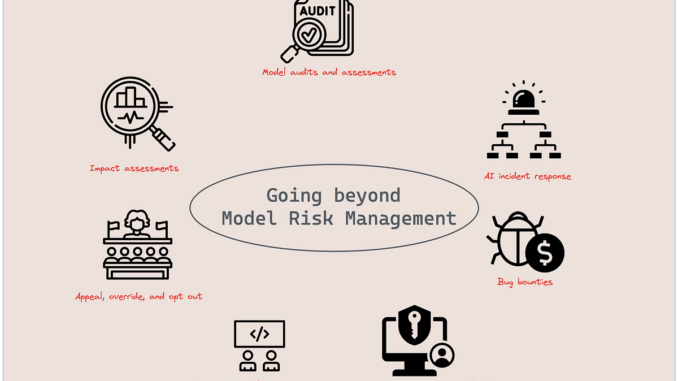
“Aviation laws were written in blood. Let’s not reproduce that methodology with AI” — Siméon Campos
In 2018, Bloomberg’s story “Zillow’s Algorithm-Fueled Buying Spree Doomed Its Home-Flipping Experiment” made quite a headline. It outlined Zillow’s daring entry into the iBuying world, betting on its ML-powered Zestimate algorithm to revolutionize home flipping for profit. Despite a carefully structured start, incorporating local real estate experts to authenticate the algorithm’s pricing, Zillow shifted to a fully algorithmic approach in the quest for faster offers. This move, however, did not pay off.
The Zestimate struggled to adapt to the swift inflation in the 2021 real estate market, prompting Zillow to take action to enhance the appeal of its offers. The company embarked on an ambitious buying spree, reportedly acquiring as many as 10,000 homes per quarter. However, the human workforce struggled to keep up with the sheer scale and speed of these acquisitions, a challenge exacerbated by the concurrent outbreak of the pandemic. In the face of mounting difficulties, including a backlog of unsold properties, Zillow decided to halt its offers in October 2021. Subsequent months witnessed homes being resold at a loss, leading to a substantial inventory write-down exceeding $500 million.
In addition to the huge monetary loss of its failed venture, Zillow announced that it would lay off about 2,000 employees — a full quarter of the company.
We initiate our discussion with a rather unfortunate incident, as the fall of Zillow’s iBuying venture is embedded within a complex framework of causes. Although it’s impossible to extricate this incident from the global pandemic of 2020 that disrupted the housing market…

Be the first to comment